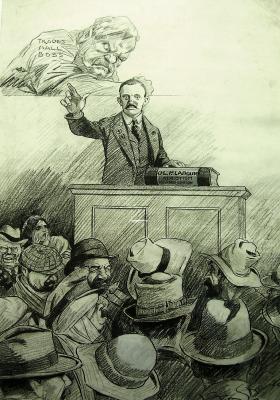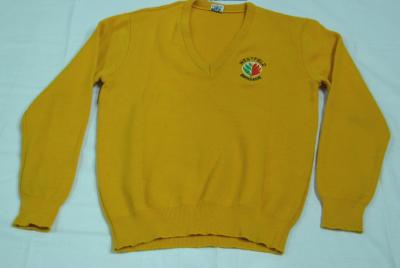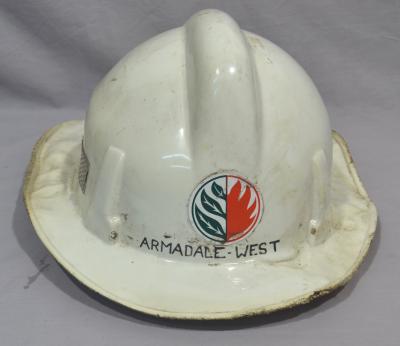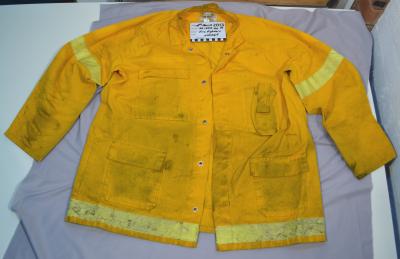CARTOON - EAST IS EAST AND WEST IS WEST
1918Cartoon is a map of Australia, Western Australia is drawn as the head of a lion, The rest of Australia is drawn as a rabbits head. Both images fit within the natural border of Australia. Standing looking at this representation of Australia is Britannia in robes with helmet, trident and Union Jack shield.
Written across the middle of the image is [AUSTRALIA]. Written on WA [YES] written on eastern side of Australia [NO]
Ben Strange signature bottom left
The cartoon was published in the Western Mail on 4 January 1918 with the caption:
''East is East and West is West' --- KIPLING
Some of the anti leaders domiciled in this State profess surprise at the overwhelming 'Yes' vote in Western Australia. One of the antis said that at one time this State could boast a leading democracy in Australia, but the result of the last two referendums shows that we are lagging in both democracy and humanity, and are out of step with Australian sentiment.
The cartoon depicts the western (YES) portion of the Australian continent as a proud British lion and the eastern (NO) portion as a rabbit . The imagery is very evocative with the 2 animals cleverly following the shape of the Australian mainland. The ‘yes’ and ‘no’ refer to the responses to the 2nd conscription referendum held throughout Australia in December of 1917, with the Eastern States voting against the introduction of conscription while WA voted in favour of it. Britannia, representative of the British Empire, looks on at the bottom of the cartoon, shield and trident in hand.
The text, “east is east and west is west”, is the opening line from an 1889 poem by Rudyard Kipling. Its use emphasises that there are differences between the eastern and western parts of the continent, in terms of character, that are irreconcilable. Their views on what is important are entirely different. Meanwhile Britannia, garbed in her war attire, can only look on.
The cartoon’s response to this sentiment is to emphasise the bravery of the ‘YES’ voters to the idea of conscription over the scared, fearful and timid ‘NO’ voters who ignore their duty to Empire.
Analysis
This is one of Strange’s best known cartoons and responds to the 2nd conscription referendum that took place in December of 1917. Strange depicts the pro-conscription response of the WA voters as representative of bravery and the strong sense of duty towards the ‘mother’ country. Meanwhile the anti-conscription voters of Eastern Australia are timid, unwilling to play a part in the conflict.
The text accompanying the cartoon is interesting . In emphasising the notion that conscription was anti-democratic and against humanity it might be suggested that Strange was against conscription. The image, however, contradicts this maybe suggesting that Strange, and the WA public, placed allegiance to the Empire above all else. The purpose of the image therefore is to make a direct comment on the anti-conscriptionist viewpoint. The text was referencing a statement made by Alex McCallum, the General Secretary of the Western Australian Labor Party and leading anti-conscriptionist, following the 1917 conscription referendum.
On 28 October 1916 and 20 December 1917, 2 national referenda were held on the issue of conscription. Billy Hughes, PM of Australia, in response to the increasing number of casualties in WW1 and the decline in recruits, put to the Australian people a plebiscite regarding whether or not Australian men should be forced to undertake military service overseas. Since 1911 all men aged between 12 and 26 received military training, but there was no obligation for them to then be sent overseas. The purpose of the referenda was to make this possible, thereby boosting recruitment numbers.
WA went against the general trend in these referenda. On the 28 October 1916, 70% of those who voted in WA recorded a YES to overseas service (94 069 citizens). On the 20 December, 65% voted YES (94 166 citizens). The other states to support conscription in 1916 were Tasmania and Victoria. Overall in the first conscription plebiscite 49% were pro and 51% anti. By 1917 the proportion voting no had increased nationally to 54% of those who voted. The States who voted yes in this 2nd ballot were WA and Tasmania, along with the Federal Territories (Northern Territory).
At this time in Australia it was not compulsory to vote but the turnout was very high with 82.7% of those enrolled voting in 1916, and 81.3% in 1917.
Why the difference in WA and Tasmania and the Federal Territories? One argument is that the strong rural background of states such as WA encouraged support for conscription. Recruitment numbers were generally also higher in these parts of Australia. The larger urban populations of Sydney and Melbourne were more likely to vote against conscription possibly a consequence of the stronger union presence in the cities. Divisions in the campaign were often along sectarian lines with religious leaders such as the Catholic Archbishop Mannix opposed to conscription. The large Irish Catholic population of the eastern states might also,therefore, help explain the majority No vote in states such as NSW and Victoria (at least in 1917 in Victoria).
It is worth noting that Strange takes the line from Kipling out of context. The entire stanza reads:
Oh, East is East and West is West, and never the twain shall meet,
Till Earth and Sky stand presently at God's great Judgement Seat;
But there is neither East nor West, Border, nor Breed, nor Birth,
When two strong men stand face to face, though they come from the ends of the earth!
The poem is in fact an account of how good character, mutual respect and similar morals can cut across cultural differences. Whether or not many in the WA population knew the rest of the stanza, or indeed the poem, can not be determined.
Details
Details
Artist's signature bottom left [Ben Strange]
HIGH
The Ben Strange cartoons are historically significant as they depict many key figures linked to the history and development of both Western Australia and Australia. Political figures who regularly appeared in his cartoon’s included John ‘Happy Jack’ Scaddan, the Premier of Western Australia from 1911 until 1916, and William ‘Billy’ Hughes, the Prime Minister of Australia from 1915 to 1923.
City of Armadale - History House
City of Armadale - History House
Other items by Ben Strange
- CARTOON - THE ROAD TO ARMADALE
- CARTOON - SIR WALTERS NEW MASH
- CARTOON - THE SAME OLD COW ON THE LINE
- CARTOON - INDUSTRIAL WRECKERS
- CARTOON - LABOUR REFORM
- CARTOON - THE GREAT PEACE POSTER
- CARTOON - THE DECIDING FACTOR
- CARTOON - A LITTLE BABY WITH A BIG BOTTLE
- CARTOON - KING COAL'S GROWL
- CARTOON - SANTA CLAUSE AND THE SILVER LINK
- CARTOON - THE LAW OF THE SUSPECT CALUMNY
- CARTOON - HIS TROUBLE
Other items from City of Armadale - History House
- CARTOON - BEAR WITH CAP SITTING ON MAN
- CARTOON - REPAIRING HOUSE
- CARTOON - CROWD AROUND CAR
- CARTOON - THREE GOLFERS ON A GOLF COURSE
- CARTOON - EMPIRE PREFERENCE
- CARTOON - UNDER WHICH SCALE
- JUMPER, UNIFORM - FIREFIGHTER'S
- HELMET, FIREFIGHTER'S
- JACKET, UNIFORM - FIREFIGHTER'S
- PENCIL - AT FERGUSON ADVERT
- CARTOON - IN TROUBLED WATERS
- CARTOON - LABOUR PARTY I MUST DISOWN ALL KNOWLEDGE OF THE OBSTRUCTIVE ASS
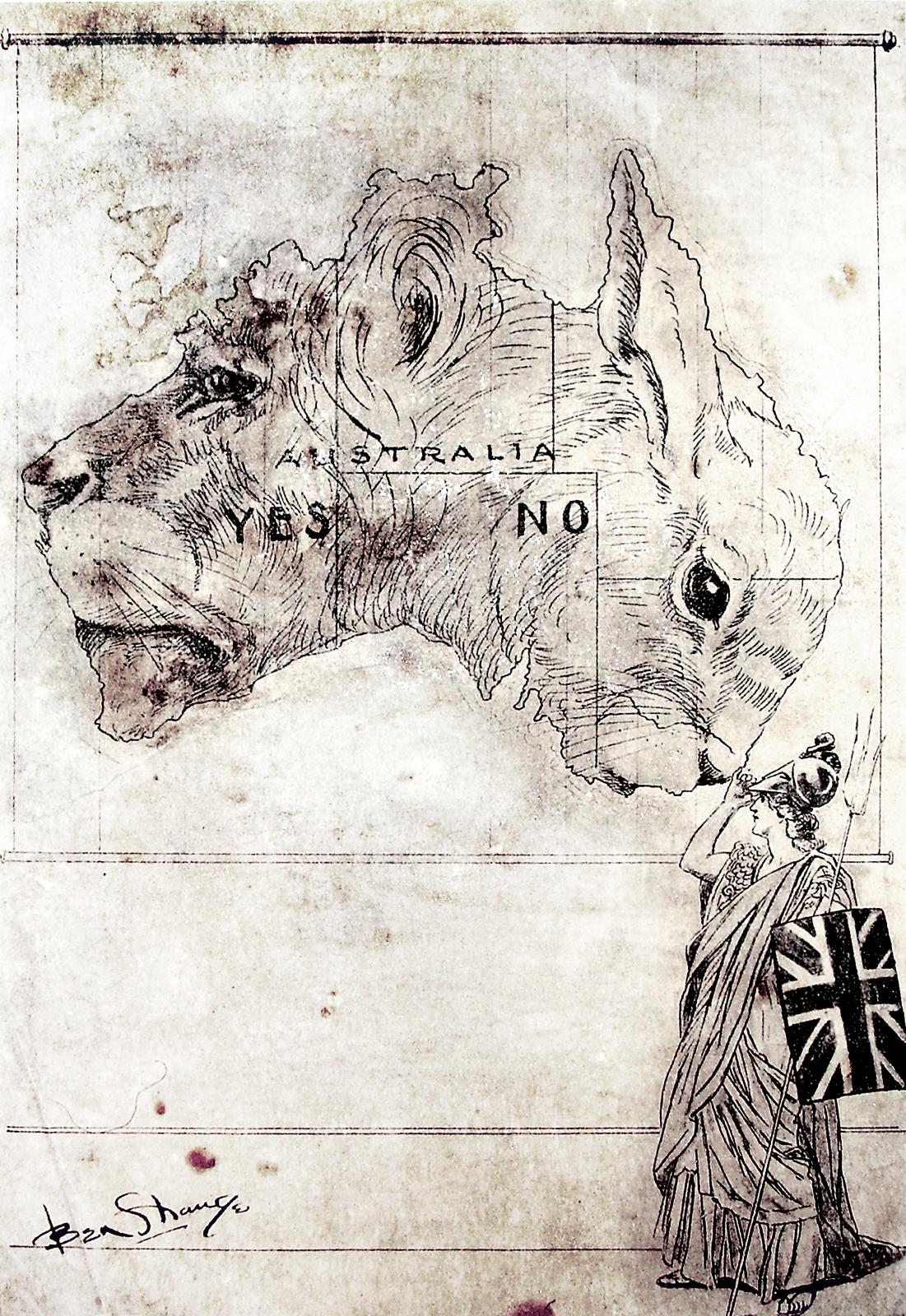
Scan this QR code to open this page on your phone ->

